Agentic AI has emerged as one of the most prominent trends in 2025. The year began with a bold statement from Jensen Huang (NVIDIA CEO), positioning Agentic AI as the next major milestone in the AI journey for digitally transforming businesses. As adoption accelerates across digital infrastructure providers, network vendors and equipment manufacturers are rapidly introducing and embedding new Agentic AI capabilities.
In this post, we will examine leading telecom and enterprise network solution providers to understand the key use cases and features Agentic AI brings to modern infrastructure.
Ericsson
Ericsson has integrated agentic AI into its NetCloud platform, marking a leap in enterprise 5G. NetCloud now unifies Wireless WAN and private 5G, powered by the industry’s first agentic AI virtual expert.
This upgrade transforms ANA from a prompt-based tool into a strategic partner that interprets intents, executes complex tasks, learns in real time, and eases IT/OT workloads while improving network reliability and user experience. Features that mentioned in the announcement are:
- Hierarchical agent framework: orchestrator + task, decision, knowledge agents.
- Automated troubleshooting workflows (e.g. silence, signal issues) launching Q4 2025.
- Multi-modal content generation: dynamic graphs for trend & complex query visualization.
- Explainable AI: shows real-time process feedback to enhance transparency & trust.
- Expanded AIOps insights: detect/correlate faults, performance, config & accounting anomalies.
Additionally, Ericsson has established partnerships with AWS for the Gen-AI Lab and is working with operators like Grameenphone and Orange on Agentic AI implementations. The Grameenphone deployment uses AI agents to automate legacy product catalog migration, while Orange is implementing service orchestration for 5G enterprise services. Source
Nokia
During MWC 2025, Nokia launched agentic-AI capabilities and a suite of telco-trained AI models (Autonomous Networks Fabric) aimed at making intent-based and highly autonomous operations feasible in the near term (vendor targets high autonomy as soon as 2026). Their messaging focuses on intent-to-action and agents executing coordinated network tasks.
Ciena / Blue Planet
Blue Planet published an “Agentic AI Framework” for telecom, positioning agentic agents on top of a converged, clean data model so agents can act with context and coordinate network-wide actions — emphasising that good data-modelling is prerequisite to agentic behaviour.
Cisco
Cisco introduced AgenticOps to simplify IT operations and enable predictive, self-healing networks. The platform features AI Canvas, a generative user interface that unifies NetOps, SecOps, and DevOps teams, and leverages the Deep Network Model, a domain-specific LLM trained on over 40 years of Cisco expertise. The system handles over 170,000 network alerts per hour with AI agents operating at sub-50 millisecond response times.
HPE
In July, HPE has introduced GreenLake Intelligence, an agentic AI framework designed to evolve GreenLake into a hybrid cloud that can learn, act, and optimize IT operations in real time.
Following HPE’s acquisition of Juniper Networks, the company has added agentic AI workflows to its AIOps offering, building on the Marvis AI assistant platform. The agentic additions enable real-time troubleshooting through natural language queries across LAN, WAN, and other network domains. These capabilities are delivered as automatic upgrades to existing licenses without requiring additional customer investment.
| Vendor | Use Cases | Key Features |
| Ericsson |
|
|
| Nokia |
|
|
| Ciena / Blue Planet |
|
|
| Cisco |
|
|
| HPE (with Juniper) |
|
|
What Operators & Enterprises Are Likely to Get (Near Term)
Based on recent vendor announcements, my analysis indicates that enterprises and telcos are poised to gain the following capabilities with Agentic AI.
- Intent-driven automation — Shift from prompt-based tools to AI agents that interpret business intents and execute tasks end-to-end.
- Autonomous network operations — Self-configuring, self-healing, and self-optimizing networks reducing manual intervention.
- Real-time troubleshooting — Natural language query–based fault resolution across LAN, WAN, and private 5G environments.
- Cross-domain orchestration — Coordinated task execution across NetOps, SecOps, and DevOps to break operational silos.
- Data-aware decisioning — Agents leveraging clean data models and domain-trained LLMs to make context-rich operational decisions.
- Explainable and transparent AI — Real-time feedback loops to build trust and operational confidence in AI-driven actions.
- Improved scalability and agility — Faster rollout and lifecycle management of enterprise 5G and hybrid cloud services.
- Reduced IT/OT burden — Lean teams empowered with AI copilots to accelerate delivery while improving reliability and user experience.
Agentic AI is quickly moving from buzzword to reality, changing how networks are built, managed, and optimized. With major vendors rolling out these capabilities, telcos and enterprises are on the verge of a big shift — where networks can think, act, and adapt on their own. Those who dive in early will have the edge in speed, efficiency, and innovation.
Something to think about:
- Is your infrastructure ready to work alongside AI agents that can make decisions on the fly?
- How will you ensure security, trust, and integrity as autonomous AI agents gain more control?
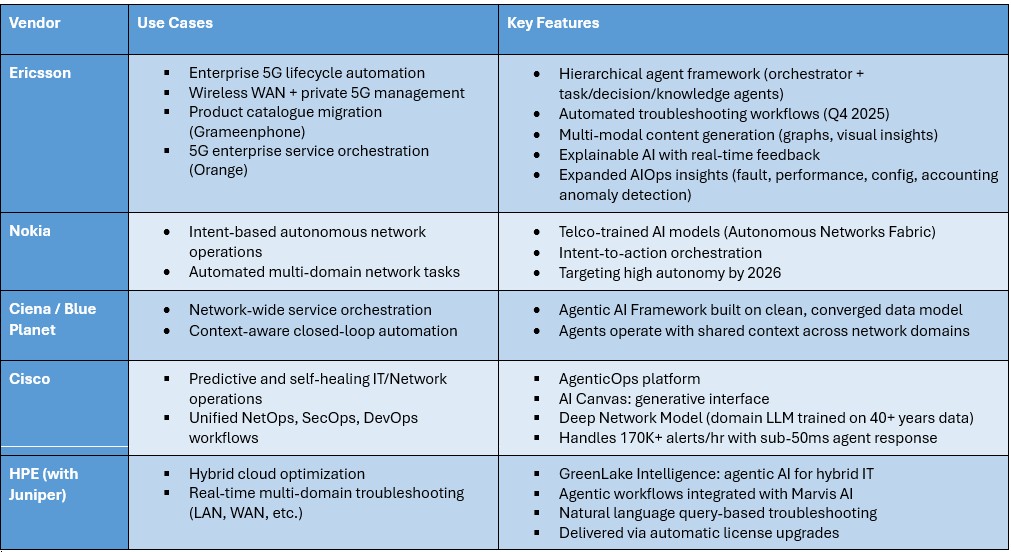
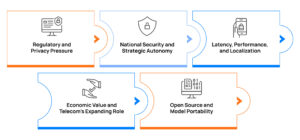
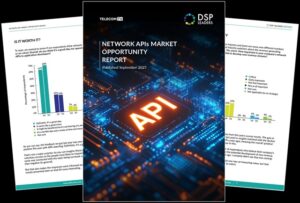
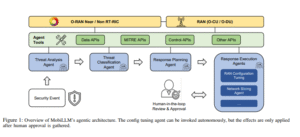
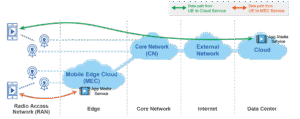
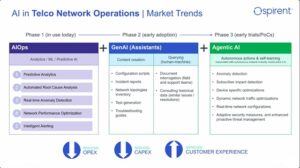
Be First to Comment